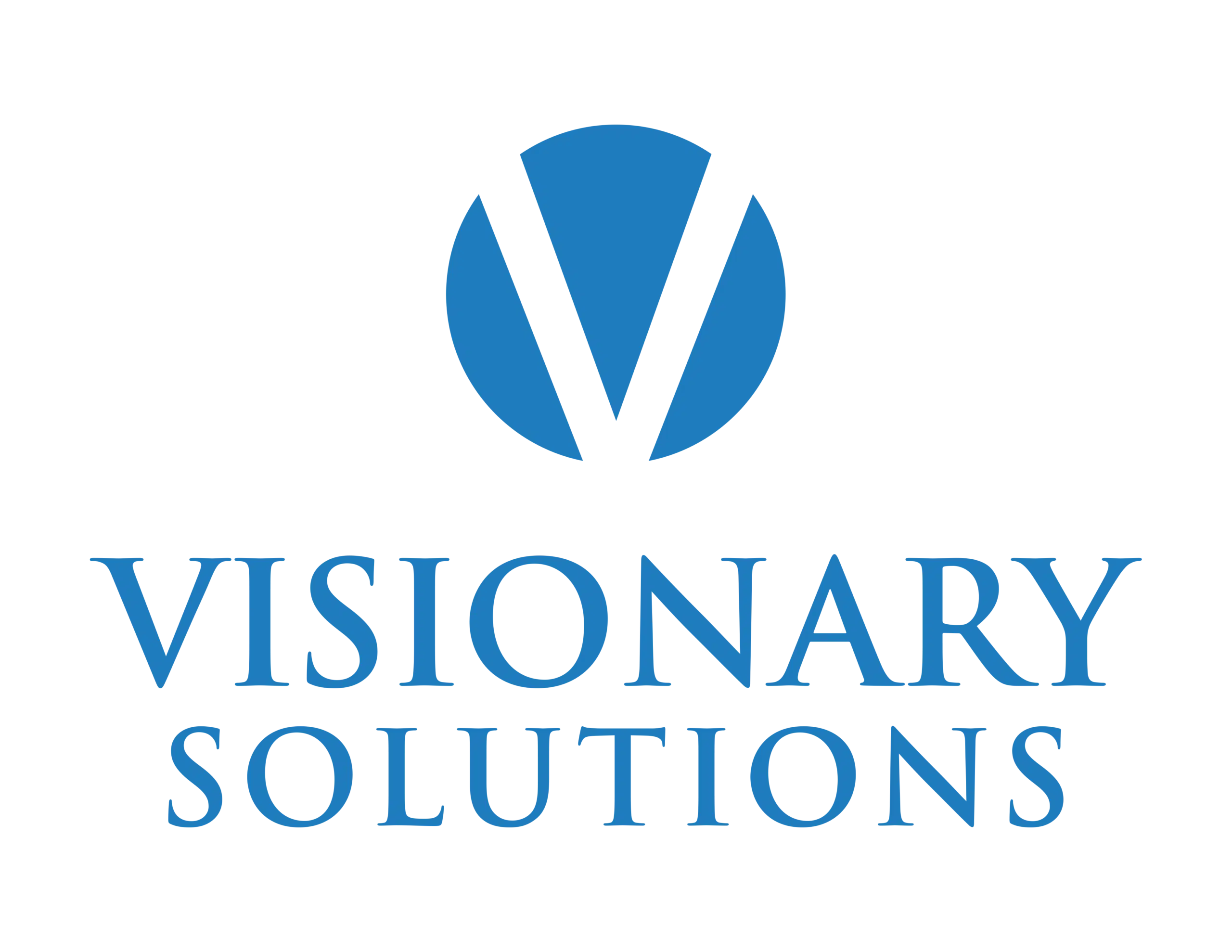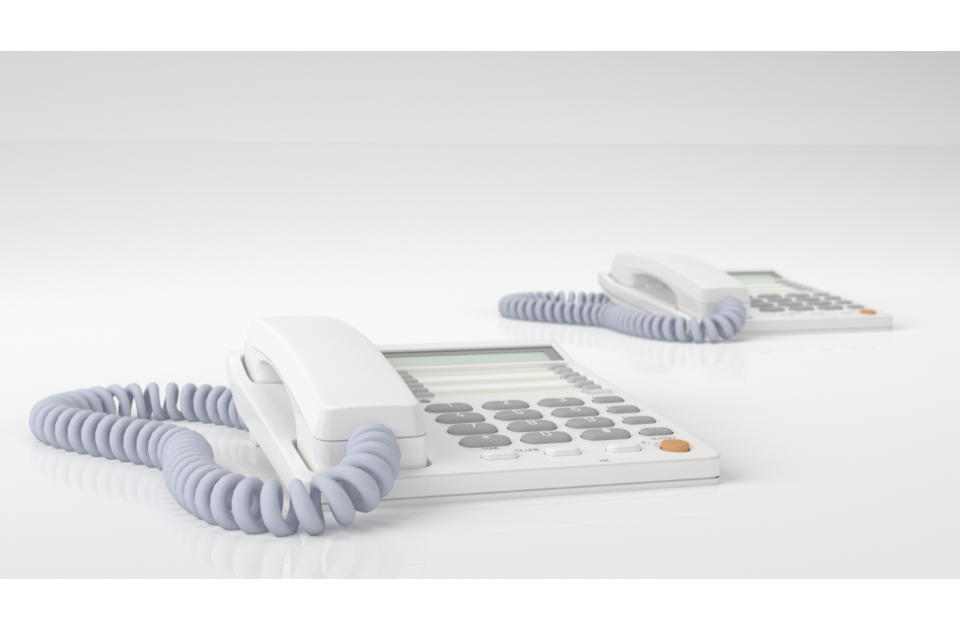The customer service industry is always changing and evolving. With new technology and new methods of communication, it can be hard to keep up. For businesses, this means that the way they handle customer service needs to change as well. Two terms that are often used interchangeably in the customer service industry are “contact center” and “call center. ” But what are the differences between these two types of customer service? Here are six key differences between contact centers and call centers.
Contact center vs. call center:
What is a Call Center? How Does it Work?
The term “call center” is most often used to refer to inbound call centers, where customers call the business for assistance with a product or service. Call centers are usually staffed by customer service representatives who are trained to handle customer inquiries and complaints. The agents typically use a computer system to track customer interactions and call data which can then be used to improve customer service operations.
Call centers can also be outbound call centers that make calls to customers on behalf of the business, often for sales or telemarketing purposes. This type, on the other hand, is staffed by sales reps specifically trained to generate leads and close deals.
What is a Contact Center? How Does it Work?
A contact center is a type of call center that focuses on providing a high level of customer service. They be inbound or outbound. Some may even offer both inbound and outbound services.
Contact centers differ from traditional call centers in several ways. They typically use a variety of customer service channels, including phone, email, web chat, and social media. This allows customers to choose the best channel for their needs. Also, contact centers often use advanced customer relationship management (CRM) software to track customer interactions and preferences. This helps CSRs provide personalized service. And last, contact centers commonly measure customer satisfaction levels and use this data to improve service quality.
The Difference Between Call Centers and Contact Centers
Call centers and contact centers are often confused with one another. Both provide customer service and support, but there are key differences between the two. Contact centers usually offer a wider range of services, such as social media and live chat support.
Here is a list of differences between call centers and contact centers:
1. Mode of communication
As per the definitions we provided above, the first and main difference between call centers and contact centers is the mode of communication. Traditional call centers use voice communication, while contact centers use multiple communication channels including voice, chat, email, and social media.
2. Queue management
Queue management is the process of managing customer queues in order to minimize wait times and optimize resources.
In a call center, queue management may involve strategies such as call back, call blending, and skills-based routing.
While in a contact center, queue management could apply other methods such as chatbots, virtual queuing, and omnichannel routing
3. Workforce management (or Staffing)
The workforce management in contact centers is quite different from traditional call centers. For one, the workforce in contact centers is typically more highly skilled and better educated than in traditional call centers. This is because contact centers typically handle more complex customer inquiries and require their agents to have a higher level of knowledge and skills.
As a result, the staff in contact centers is typically more expensive to hire and train than in traditional call centers. In addition, the workforce in contact centers is typically more diverse, with a higher percentage of women and minorities. This is because contact centers are often located in urban areas with a more diverse population.
Finally, contact center agents are typically more flexible and adaptable than traditional call center reps. This is because contact centers often have to deal with a wide variety of customer inquiries through more channels than just phone calls, which can vary greatly in complexity.
4. Training
Agents in contact centers undergo continuous training to keep up with the changing technology and demands of the job. They also receive regular coaching and feedback to help them improve their performance. This is in contrast to traditional call centers.
Call center agents have often been given very little training, and it is mostly up to them to figure out how to best handle customer calls. This often leads to long wait times, frustrated customers, and a high turnover rate among agents.
5. Proactive vs reactive approach
The proactive vs reactive approach is the difference between taking action to prevent something from happening and taking action to fix something that has already happened.
In a proactive approach, contact centers take action to prevent problems from happening in the first place. They do this by monitoring customer behavior and using data to anticipate issues that might arise. They then take steps to prevent those issues from happening or to resolve them before they cause any damage.
Traditional call centers are more on the reactive approach side, where they wait for problems to happen and then take action to fix them. This can often mean dealing with angry customers who are already experiencing problems. It can also mean that problems are not resolved as quickly as they could be, because the call center is waiting for customers to report them.
6. Self-service management
Self-service management is a system where customers can manage their own account or service without the need to speak to a customer service representative. This can be done through an online portal or mobile app. This type of service is usually found at contact centers, but not the traditional call centers where the sole purpose of their existence is to provide assistance through the phone.
There are many advantages of self-service management for both the customer and the company. For the customer, it is more convenient and faster than waiting on hold to speak to someone. They can also avoid potential frustration if they are able to solve their own issue. For the company, self-service management can save on costs by reducing the number of customer service representatives needed. It can also lead to happier customers who are more likely to continue using the company’s services.
However, there are some disadvantages to self-service management. Customers may not be able to find the answer to their questions or may not be able to properly use the self-service tools. In these cases, they will still need to contact customer service, which defeats the purpose of self-service. Additionally, companies need to make sure that their self-service tools are easy to use and navigate, or else customers will get frustrated and give up.
7. Workflow automation
Workflow automation is the process of automating tasks and processes within a contact center in order to improve efficiency and productivity.
Unlike traditional call centers, which are typically reliant on manual processes and human labor, contact centers that have implemented workflow automation are able to operate with a much higher degree of efficiency and accuracy.
In addition, workflow automation can help to improve the quality of customer service by ensuring that all tasks are completed in a timely and consistent manner.
Which Should you Choose – Contact Center vs. Call Center?
The answer to this question strictly depends on the specific needs of your business, which only you know best. The best way to decide which type of call center is right for your business is to evaluate your specific needs and objectives. Consider factors such as the nature of your business, your customer base, your budget, and your call volume. Based on these aspects, you can then determine whether a contact center or a call center would be a better fit for your company. Here is a simplified step-by-step guide:
- Assess your business needs. What type of customer service do you need? What are your customers’ expectations?
- Consider the type of interaction you want with your customers. Do you want live phone support? Email support? Social media support?
- Consider the channels your customers use. Do they prefer to use the phone? Email? Social media?
- Estimate your budget. How much can you afford to spend on a call center or contact center solution?
- Weigh the features and benefits of each solution. What features are important to you and your business?
- Compare call center and contact center providers. What do they offer? What are their prices?
- Choose the right call center or contact center solution for your business.
Conclusion
If you’re looking to improve your customer service, it’s important to understand the difference between a contact center and a call center. By understanding the six key differences between these two types of customer service, you can make sure you’re providing the best possible service for your customers and our team will help you with that.
FAQs
Aren’t contact centers just traditional call centers with more channels?
Contact centers are similar to traditional call centers, but they offer more channels for customer communication, including digital channels like email, web chat, and social media. Contact centers may also offer self-service options, such as online knowledge bases and FAQs. So yes, we can say that contact centers are just traditional call centers with more channels!
What efficiencies can businesses expect from contact centers?
Businesses can expect a number of efficiencies from contact centers, including the ability to quickly and easily connect with customers, the power to track and manage customer interactions, and the capacity to automate customer service processes.
Looking for contact/call center in Miami ?
With Visionary Solutions increase your bottom line, ROI, and overall customer satisfaction with a trusted call center partner
Our highly trained agents provide a full suite of services. We’re always equipped and ready to handle your B2B or B2C campaigns




